
Will Canada’s next prime minister support Indigenous Rights and conservation projects?
The Conservative and Liberal parties diverge sharply on Indigenous issues. Here’s what that could mean...
Around the world, Ontario’s Greenbelt has been hailed as a conservation success story, guarding against urban sprawl. The protected space — taking up two million acres of forests and farmland — encompasses an area larger than Prince Edward Island, ringing around the Greater Toronto Area and Niagara Peninsula. More than nine million people live within 20 kilometres of it.
But nearly two decades after its creation, loopholes in the laws protecting the land mean the Greenbelt is still under pressure from the same forces that spurred politicians and activists to safeguard it in the first place.
“In Ontario, this is the area that we have — so far — that we intend to remain inviolable forever,” said Phil Pothen, Ontario program manager at Environmental Defence.
“It is not everything we need. But without the Greenbelt, we don’t really have any hope.”
Here’s what you need to know about the history of the Greenbelt, the battle behind its creation and the issues that will define its future.
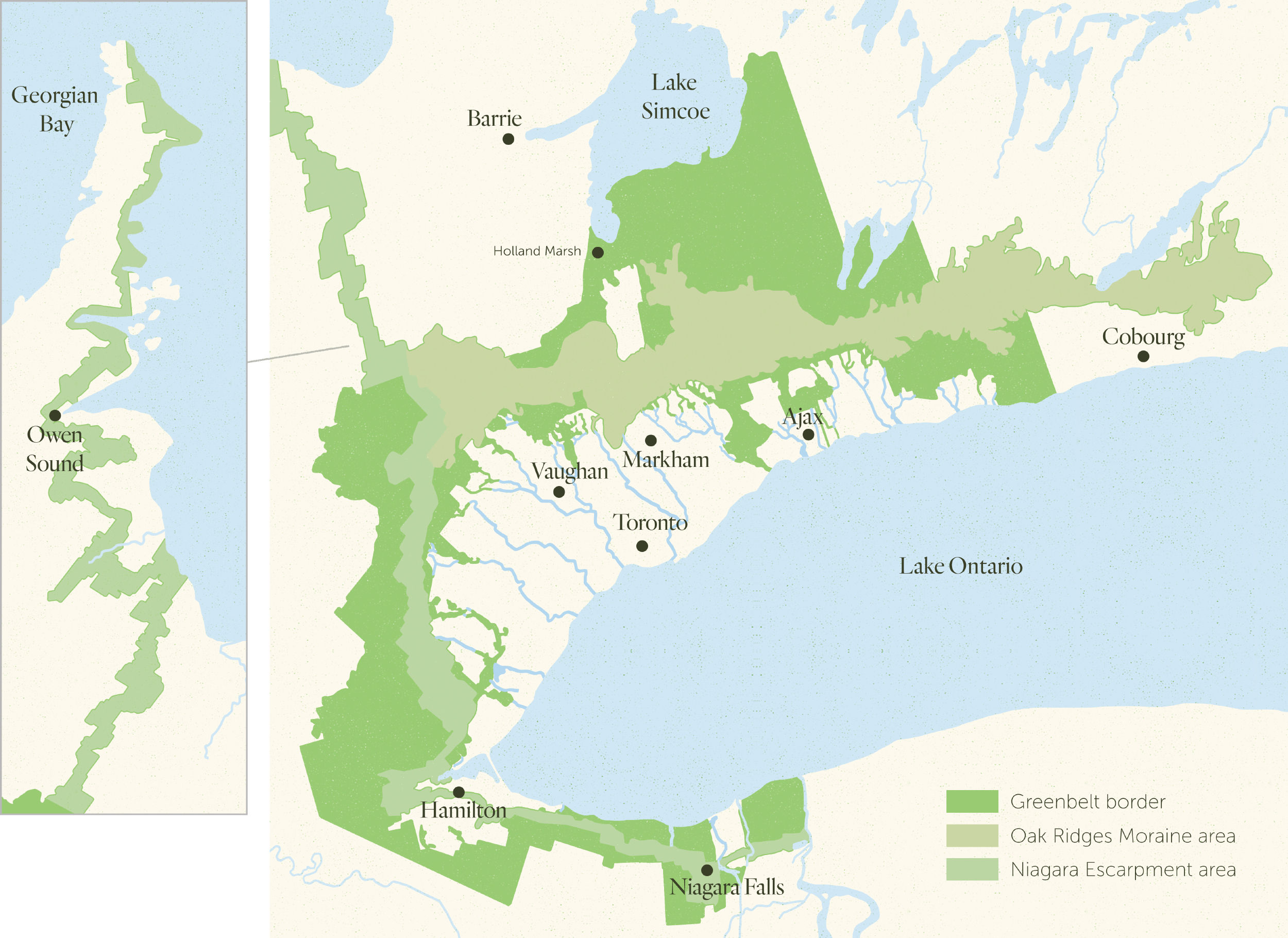
In 2005, the Ontario government led by Liberal premier Dalton McGuinty created the Greenbelt. But its history stretches back over 12,000 years.
That’s when the spines of the Greenbelt — the Niagara Escarpment and the Oak Ridges Moraine — were formed by glaciers. As sheets of ice two kilometres thick advanced and retreated, they carved valleys, deposited rocks into ridges and left behind the Great Lakes. The area was first inhabited by Anishinaabe, Huron-Wendat, Attawandaron and Haudenosaunee people.
The Oak Ridges Moraine is 160 kilometres long, running north of what’s now the Greater Toronto Area to form the watershed divide between Lake Ontario and Lake Simcoe. It contains the headwaters of 30 rivers, with an aquifer below feeding into the water supply.
The Niagara Escarpment is an even bigger landform, marking the shore of an ancient sea. It spans 725 kilometres from the New York side of Lake Ontario through Hamilton, arching up towards the Bruce Peninsula and Manitoulin Island before dipping back into Wisconsin on the west side of Lake Michigan. It’s studded with waterfalls, rivers and forests.
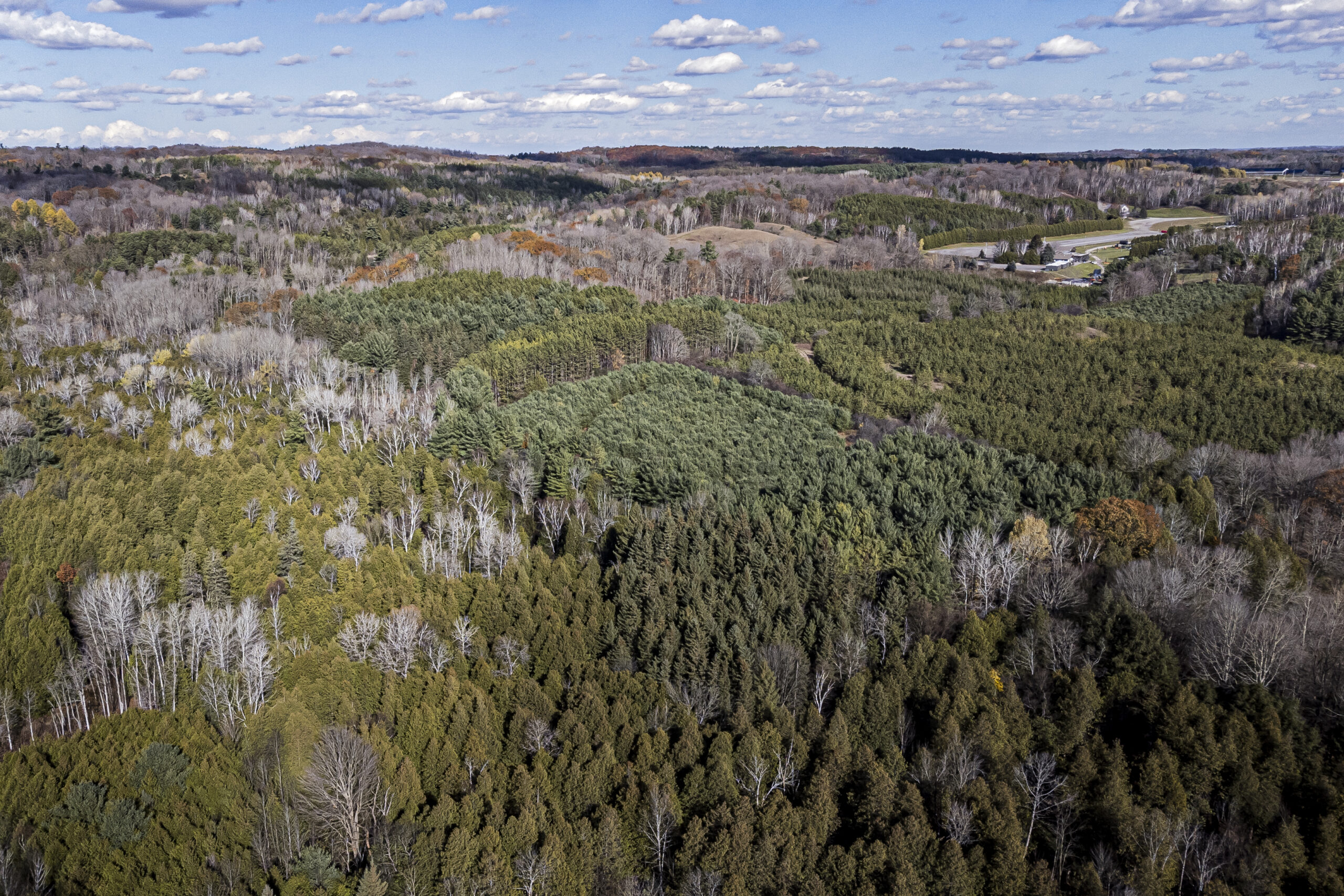
By the 1900s, European settlers had dramatically altered the landscape with cities, farms and resource extraction. This process started to accelerate after the Second World War, when car-friendly, sprawling developments became the default for urban planners. As cities inched out further and further, politicians and activists began to realize this might be a problem.
“Canadians tend to perceive this as a place with the vast supplies of land to live and grow food and the wide swathes of wilderness available as habitat for wildlife,” Pothen said.
“The Greenbelt really represents a recognition that this was a mistake, this was completely untrue.”
The consequences of unfettered development started to become obvious by the 1940s. Settlers had heavily logged the Oak Ridges Moraine to build ships, leaving it barren and eroded. Drought and flooding had become serious. In 1946, Ontario created conservation authorities to tackle the problems — and to reforest the moraine.
In 1959, a conservation authority stepped in to stop a quarry on Mount Nemo, part of the Niagara Escarpment west of Toronto, from expanding. The conflict sparked a movement to protect the escarpment in its entirety. In 1973, the Progressive Conservative government led by then-premier Bill Davis passed legislation doing just that, making it the first large-scale environmental protection plan in Canada. The Mike Harris Progressive Conservatives followed up in 2001 with the protection of the Oak Ridges Moraine.
All the while, however, sprawl continued.
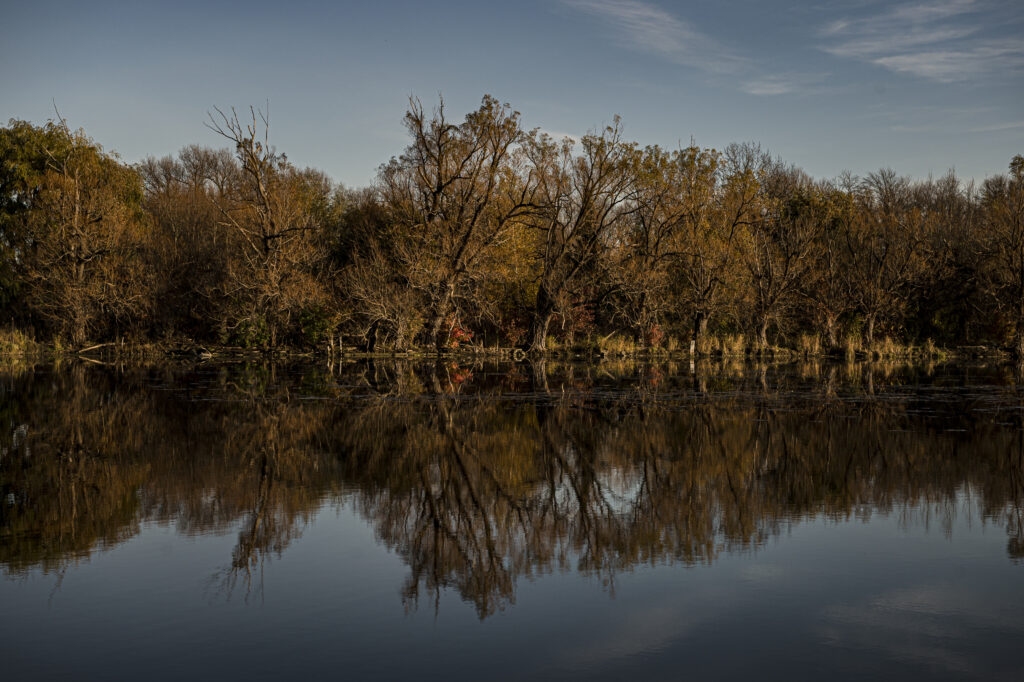
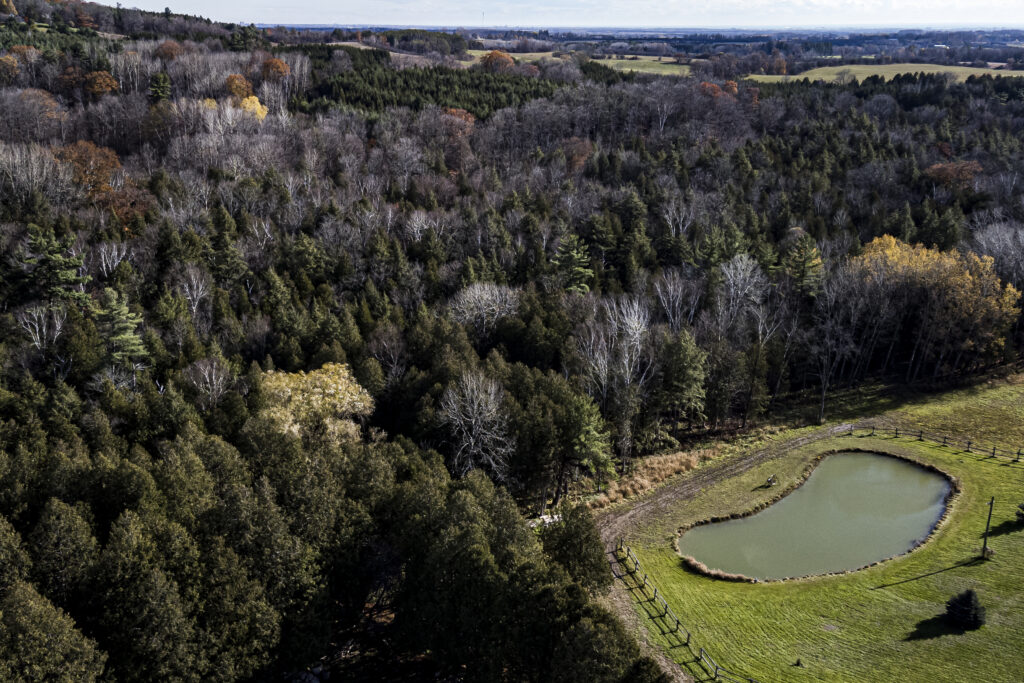
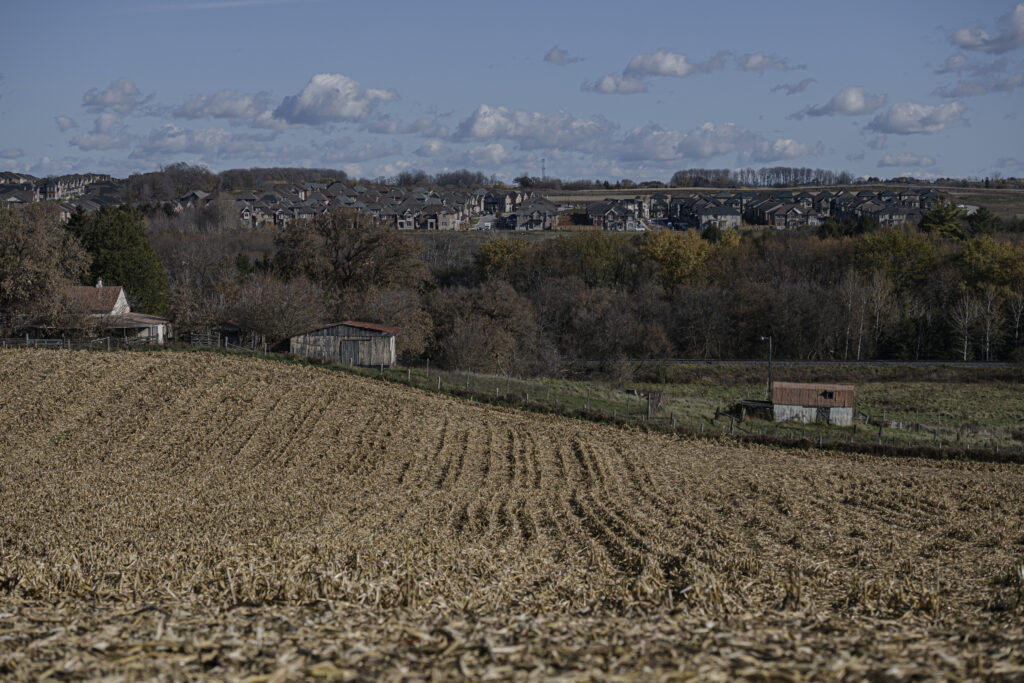
By the early 2000s, environmentalists were starting to feel like they were losing hold on the larger region through individual municipal development battles, said Burkhard Mausberg, the founding CEO of the Greenbelt Foundation, which stewards the protected area, and a longtime leader at various environmental non-profits. Simultaneously, the McGuinty Liberals were thinking about what Ontario’s next big environmental move could be.
Enter the Greenbelt: a big unifying plan that would include the moraine and the escarpment and add on protected countryside, including some of the best farmland in Canada.
“There was a lot of momentum about doing something bigger,” Mausberg said. “There was a fair amount of work by some of the environmentalists, a fair amount of work by some of the Liberal MPs and folks in the backroom there to put that in the platform.”
Pushback from developers and farmers concerned about land values was forceful. For decades, developers have bought up farmland near urban boundaries anticipating an increase in value as cities expand outward. Farmers drove their tractors around Queen’s Park in protest. People in chipmunk costumes showed up at press conferences with signs reading “Greenbotch.” Some filed lawsuits. Politicians bickered over the exact boundaries, making compromises.
“It had quite a few very noisy opponents,” Mausberg said.
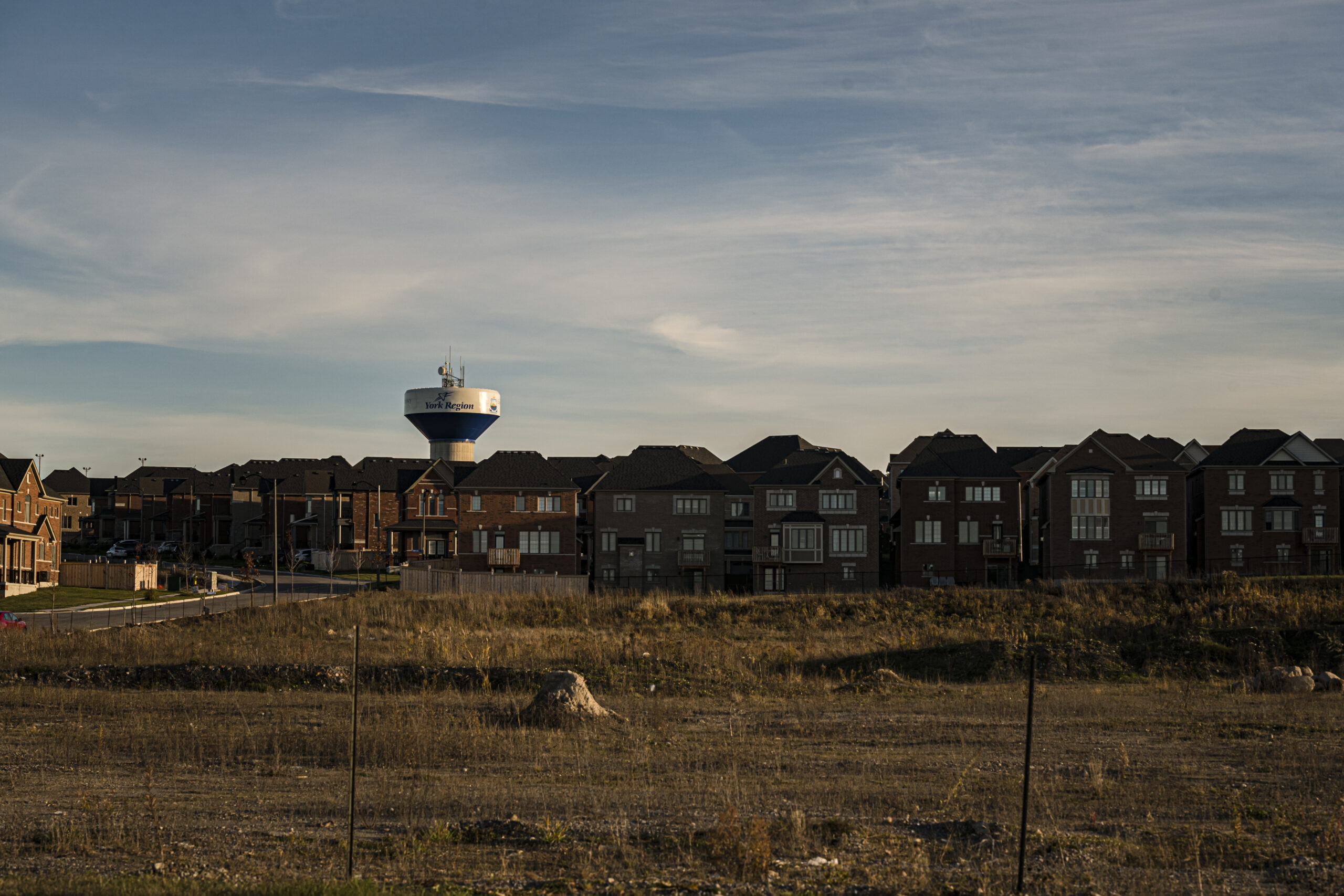
The plan went ahead anyway. In 2005, the boundaries were set: the Greenbelt would extend to the east to the boundary of the moraine, around Rice Lake in Northumberland, then follow the path of the escarpment around Toronto and Hamlilton to Niagara, with one arm reaching up towards Lake Huron.
Today, Ontario’s Greenbelt is a major economic driver, bringing in $9.6 billion annually in food, tourism and recreation. The protected area includes the Holland Marsh specialty crop area, known for its rich soil and the tasty vegetables grown there. It also includes wetlands, urban river valleys and the Niagara Fruit Belt, renowned for its peaches and wine. Opposition has, for the most part, faded away since 2005.
“It puts the roots back to local,” Mausberg said. “Our wine comes from here. Our food comes from here. Being together with family, we can do it here. Hiking, canoeing, fruit picking, bicycling, tourism, all local.”
Beyond agriculture, the Greenbelt protects the habitats of 78 species at risk. In some places, cedar trees along the escarpment are 800 years old. It’s also recreational space in a crowded region where access to nature is sorely needed, with hiking trails, camping and rock climbing. The COVID-19 pandemic highlighted the need for green space — for example, Conservation Halton, west of Toronto, found that over 100,000 more people visited its parks in 2020 than the year before, a significant jump that even led to temporary closures amid concerns about social distancing.
“When we look at other greenbelts around the world, our Greenbelt is pretty unique,” said Shelley Petrie, the program director at the Greenbelt Foundation.
“It acknowledges the character and economic importance of rural communities and rural life.”
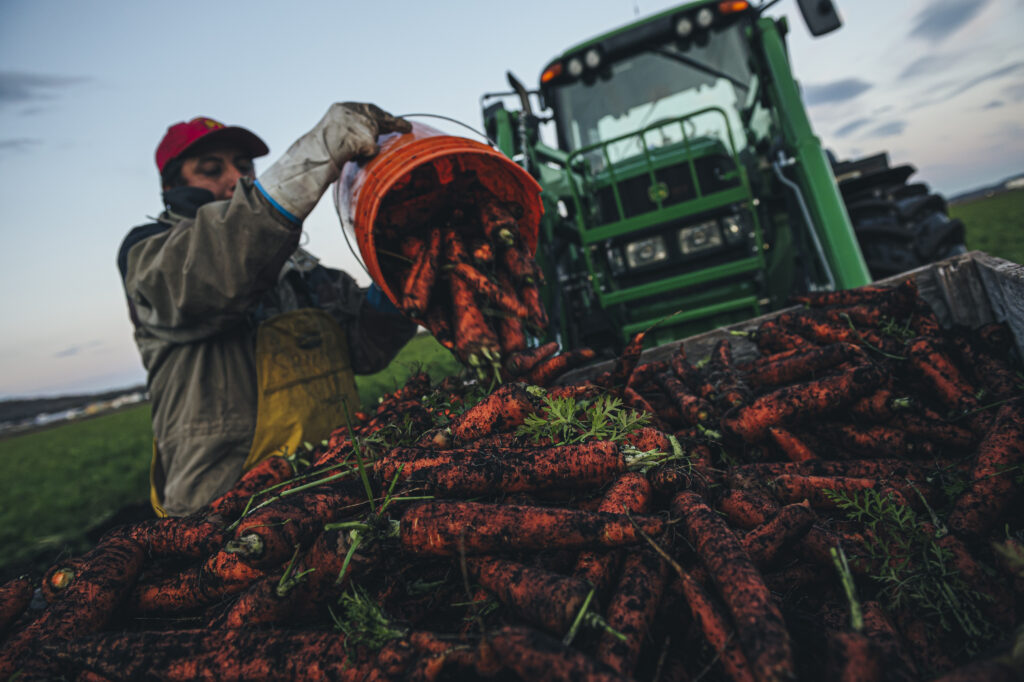
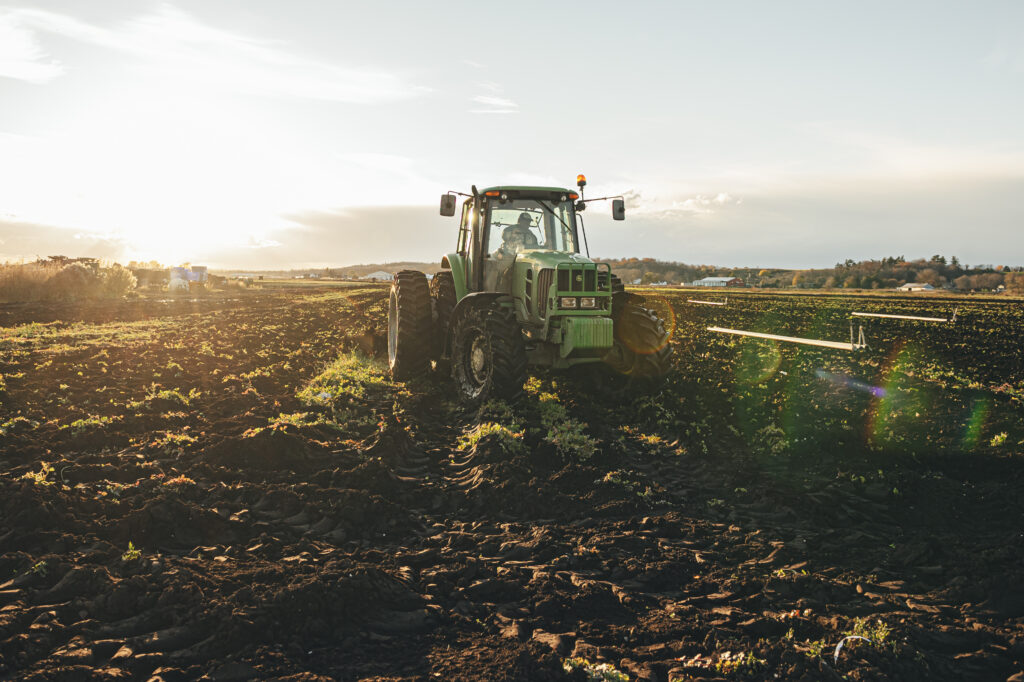
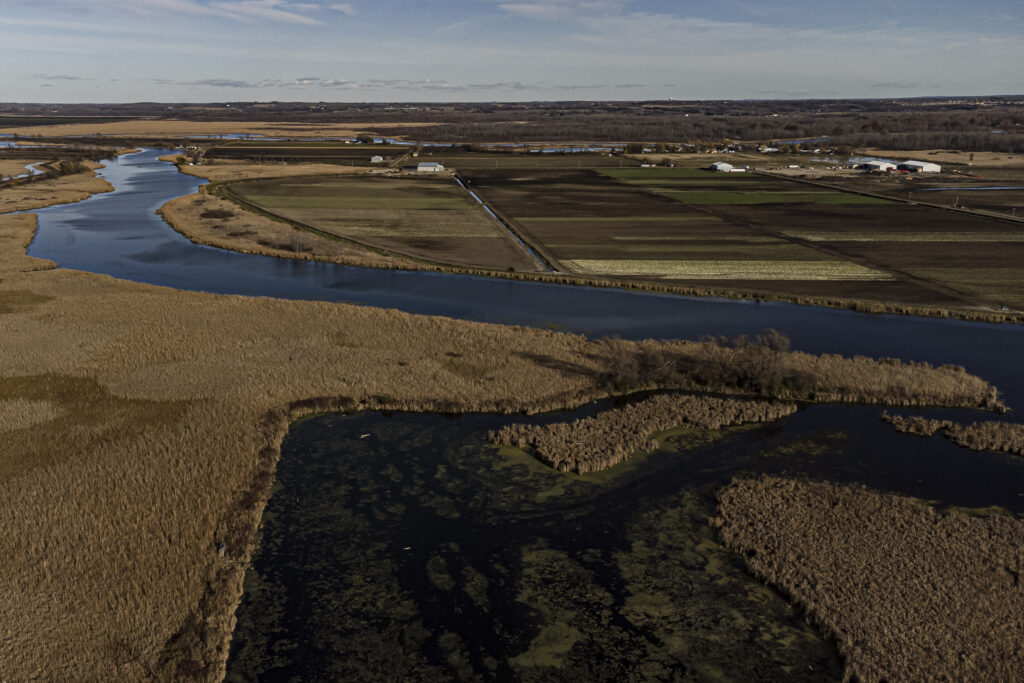
Within a few years of its creation, Ontario’s Greenbelt was being hailed as an international success story. It’s still popular politically. When current premier Doug Ford proposed opening it up to development during his campaign in 2018, the plan sparked severe backlash and a quick reversal.
“The people have spoken,” Ford said at the time. “I’m going to listen to them. They don’t want me to touch the Greenbelt, we won’t touch the Greenbelt.”
But that doesn’t mean the laws safeguarding it are perfect. From its conception, the Greenbelt’s design has included flaws and loopholes that mean it’s not as protected as it may seem.
One major compromise made during the Greenbelt’s formation ended up being a gigantic loophole: though most types of development are restricted, public infrastructure like highways are allowed. Ford’s Progressive Conservative government is now seeking to fast-track two highway projects through the Greenbelt, the 413 and the Bradford Bypass. Environmentalists say the plans could cause irreparable environmental damage, and that highways also tend to drive sprawl along their routes.
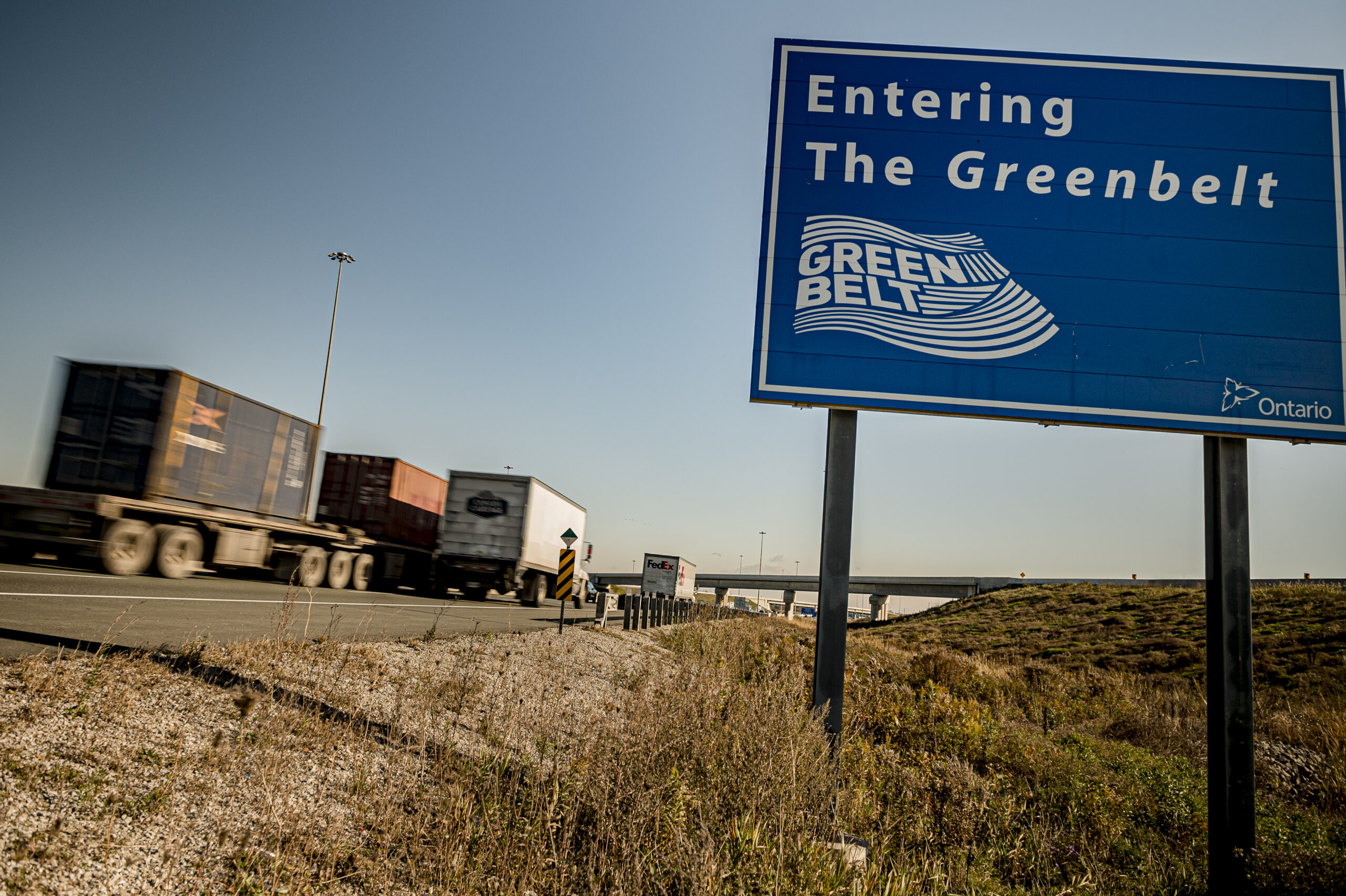
“There are weaknesses in the Greenbelt regime that are becoming ever more apparent, and that you can literally drive a truck through,” Pothen said.
“Highways create and really intensify the kind of land development pressure and speculation activity that the Greenbelt was meant to prevent.”
The Greenbelt also doesn’t encompass everything environmentalists wanted to protect. In many cases, the province left a gap between cities’ urban boundaries and the protected area, known unofficially as the “whitebelt” because it often appears white on maps. Some people see that zone as open for development, while others see it as land that should have been protected in the first place.
One whitebelt battle is playing out in Pickering, east of Toronto, where developers are seeking to build a hospital on the unprotected headwaters of Carruthers Creek. Critics warn that more development there could cause flooding downstream. The Ontario NDP and Green Party have called for the Ford government to add the area to the Greenbelt once and for all.
Other flaws come from the piecemeal way that the Greenbelt is structured. Protected countryside, the Niagara Escarpment and the Oak Ridges Moraine all have slightly different sets of rules, and some regions have stricter protections than others.
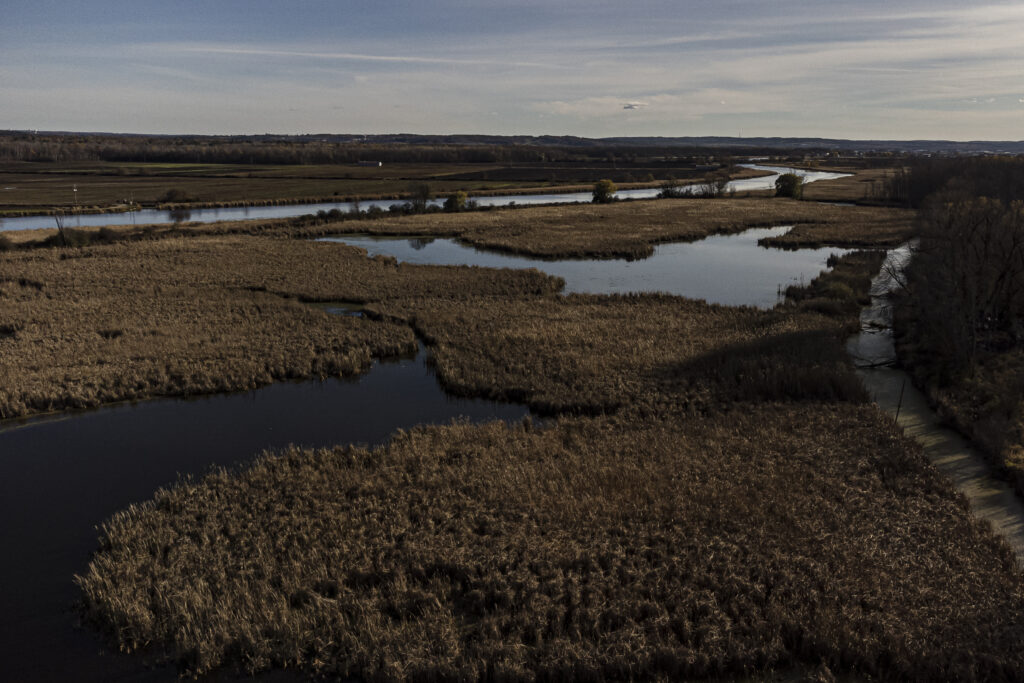
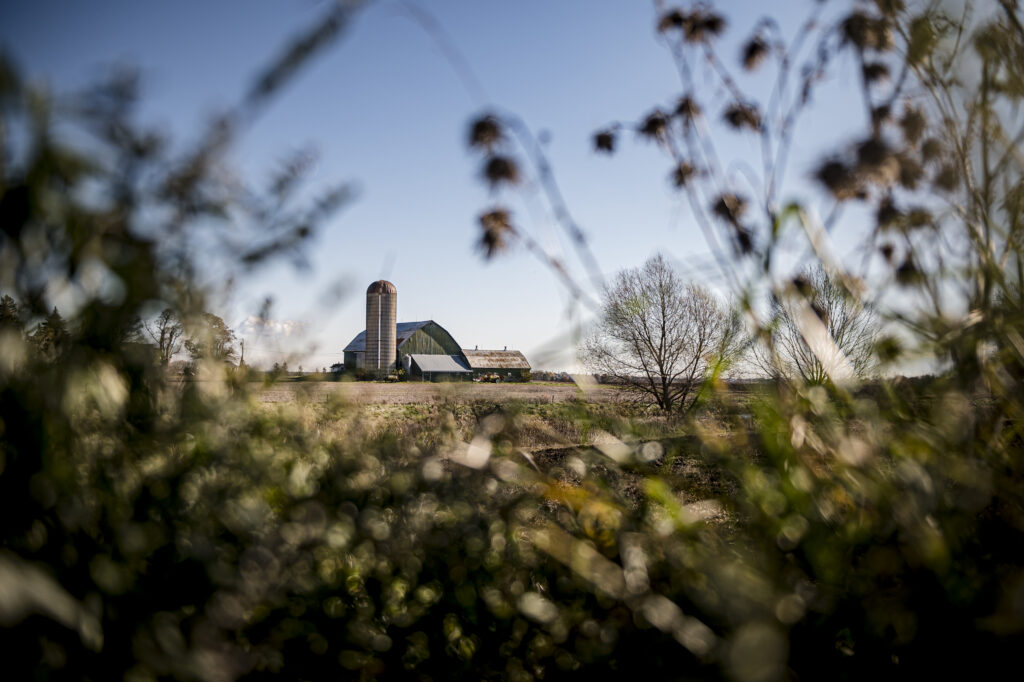
Quarries, for example, are allowed on the Niagara Escarpment, which is also a UNESCO biosphere reserve. And municipalities can open up Greenbelt lands outside of the escarpment and the Oak Ridges Moraine for development by rezoning them — a situation currently playing out in York Region, north of Toronto.
Mausberg said he worries most about the Greenbelt being slowly chipped away, piece by piece.
“We see this right now as we speak,” he said.
The Ford government has repeatedly pledged to safeguard the Greenbelt. It added 360 hectares of land an hour’s drive north of Toronto to the Greenbelt earlier this year, though the land was already protected from development, and has said it’s planning to unveil a Greenbelt expansion this fall.
Pothen said he also worries the province is using the public’s hyper-focus on the official Greenbelt to justify sprawl development outside of its boundaries. Whitebelt lands in particular are ecologically connected to the Greenbelt and act as an important buffer.
“We are advocating to all of the political parties in the lead up to the next election, including the government, to commit to change and to fix these gaps in the Greenbelt Plan,” Pothen added.
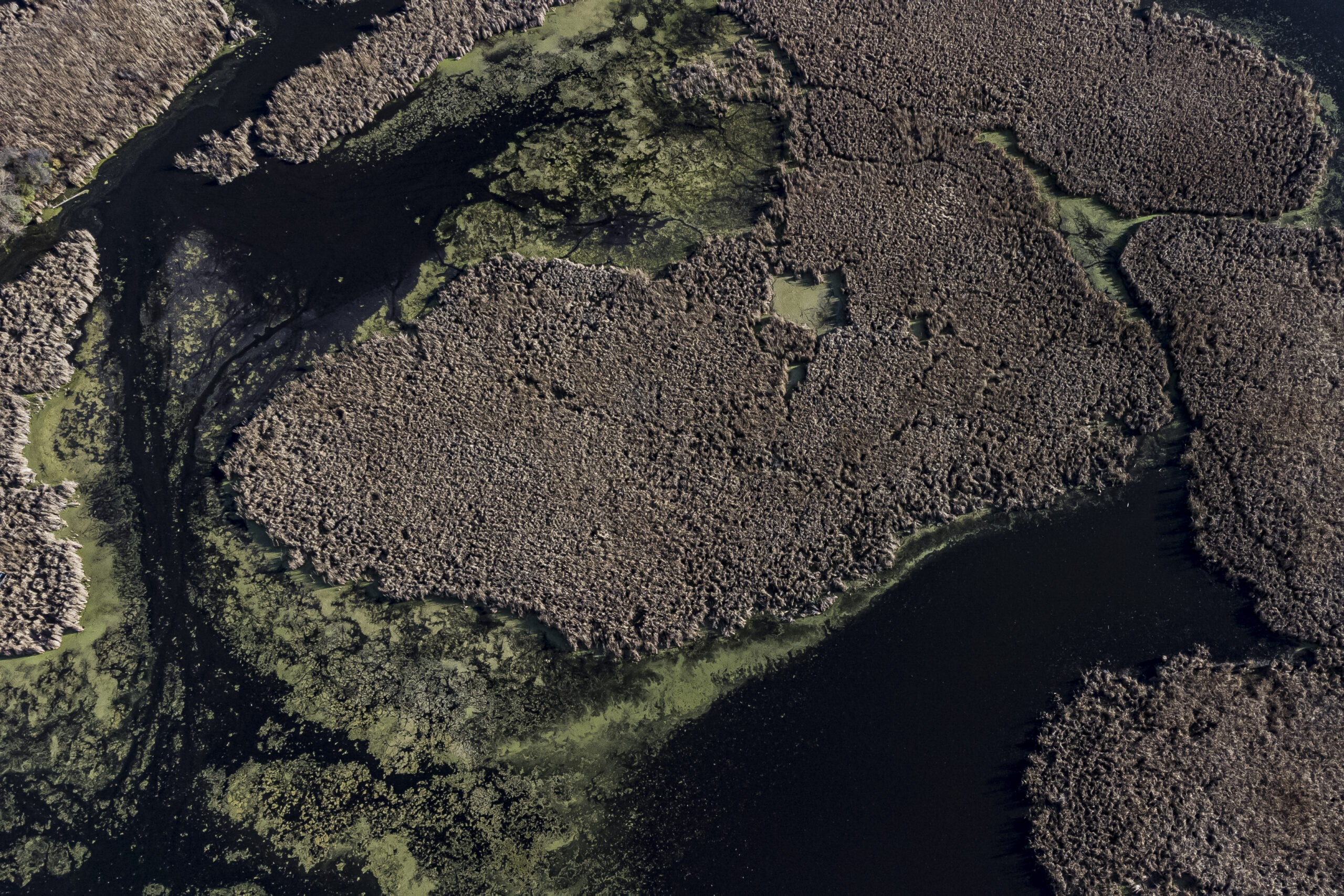
The climate crisis also poses a serious threat to the Greenbelt. The region is already experiencing more extreme heat and flooding, which are expected to worsen, Petrie said. Ensuring there’s enough recreational space and farmland for the growing region is also an emerging concern — up to 13.5 million people are expected to live in the Greater Golden Horseshoe region it surrounds by 2041. More environmental restoration and work to expand agriculture will be needed, she added.
“This is a massive area to look at with tremendous community benefits,” she said.
As the Greenbelt Foundation looks to tackle those problems, it’s also integrating Indigenous knowledge and reconciliation and supporting key projects, Petrie said. That includes the Moccasin Identifier project, led by the Mississaugas of the Credit First Nation and former chief Carolyn King, which is placing markers on culturally important sites to highlight Indigenous ties to the land. It also includes Alderville First Nation’s Mitigomin Native Plant Nursery, near Rice Lake.
Going forward, the Ontario government needs to ensure the Greenbelt will truly be protected forever, Pothen said. Once it’s gone, it’s gone.
“This is the place that can never, ever be lost.”
Updated Aug. 23, 2023, at 5:00 p.m. ET: This article was updated to correct the name of the U.S. state bordering Lake Ontario.
Get the inside scoop on The Narwhal’s environment and climate reporting by signing up for our free newsletter. When I visited my reserve, Moose Factory,...
Continue reading
The Conservative and Liberal parties diverge sharply on Indigenous issues. Here’s what that could mean...

After a series of cuts to the once gold-standard legislation, the Doug Ford government is...

The BC Greens say secrecy around BC Energy Regulator compliance and enforcement is ‘completely unacceptable’

